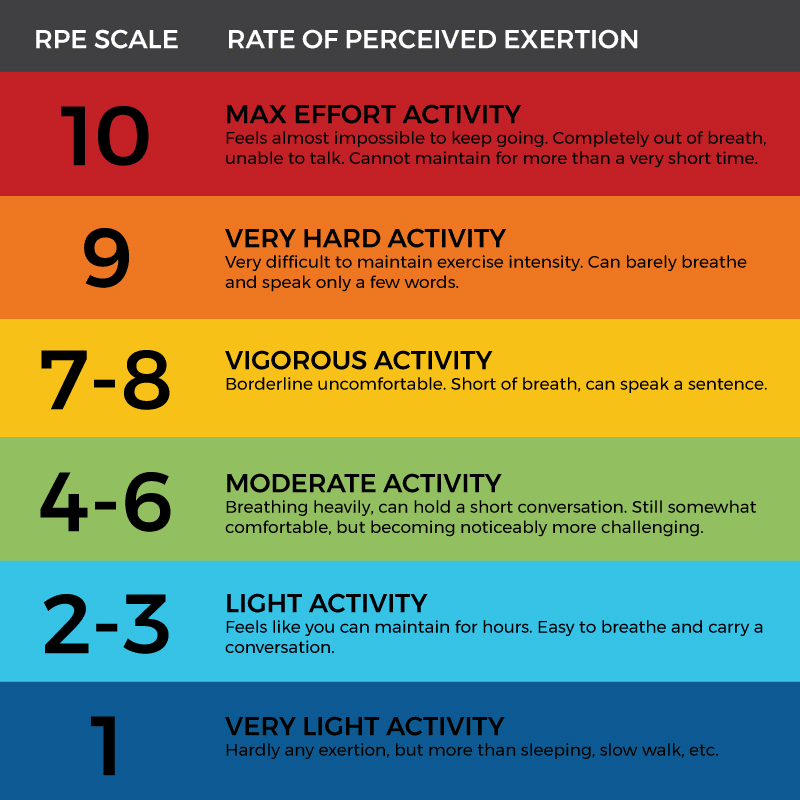RPE Explained
Throughout the First 42K program, you’ll notice we refer to RPE during your running workouts.
Understanding what intensity to exercise is important because it can tell you whether you are working too hard or not working hard enough. To do this the First 42K program uses a Rating of Perceived Exertion (RPE).
What is Perceived Exertion?
Perceived exertion is how hard you feel your body is working based on physical sensations experienced during exercise. When you’re running your heart beats faster, your breathing becomes faster and deeper, you work up a sweat, and your muscles begin to fatigue. These feelings are not objective like they would be if you actually measured your heart rate, for example. However, they can give you an estimate of your heart rate and your exercise intensity zone without the need for any measuring equipment.
How do you gauge your RPE?
To rate your perceived exertion, don’t focus on just one sensation. Instead, assess multiple sensations like your breathing pattern, amount of sweat, and level of fatigue to get a general sense of how hard you are exercising. Use your feelings of exertion rather than measures such as speed while running or comparing yourself to someone else. Then assign your exertion a number from 1 to 10 (see table below).
In the First 42K Program, we use the modified RPE scale with its 0–10 numbering as it is measured by an individual’s breath — from deep breathing to shortened breaths — making it easier to assess your level of exertion and calculate your estimated heart rate.


